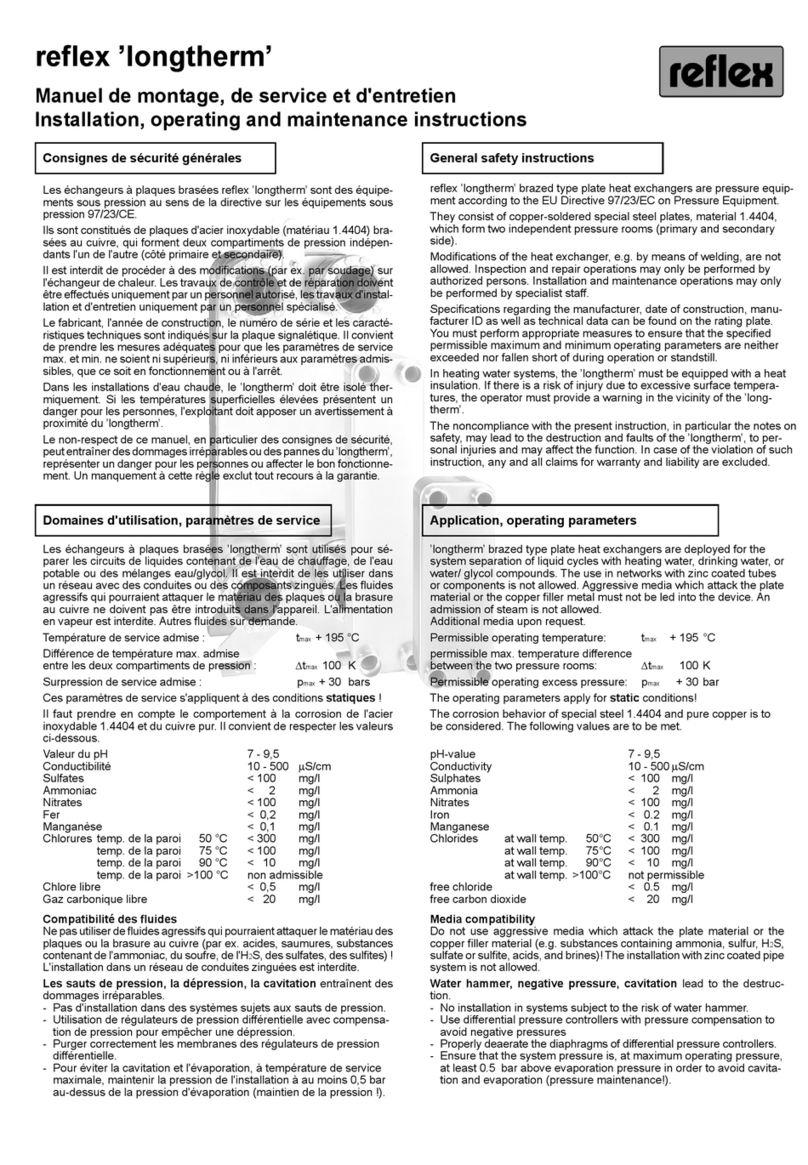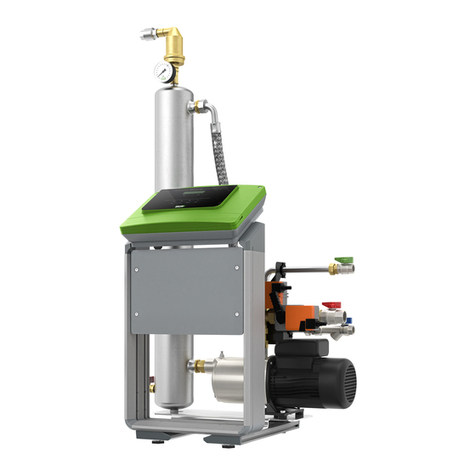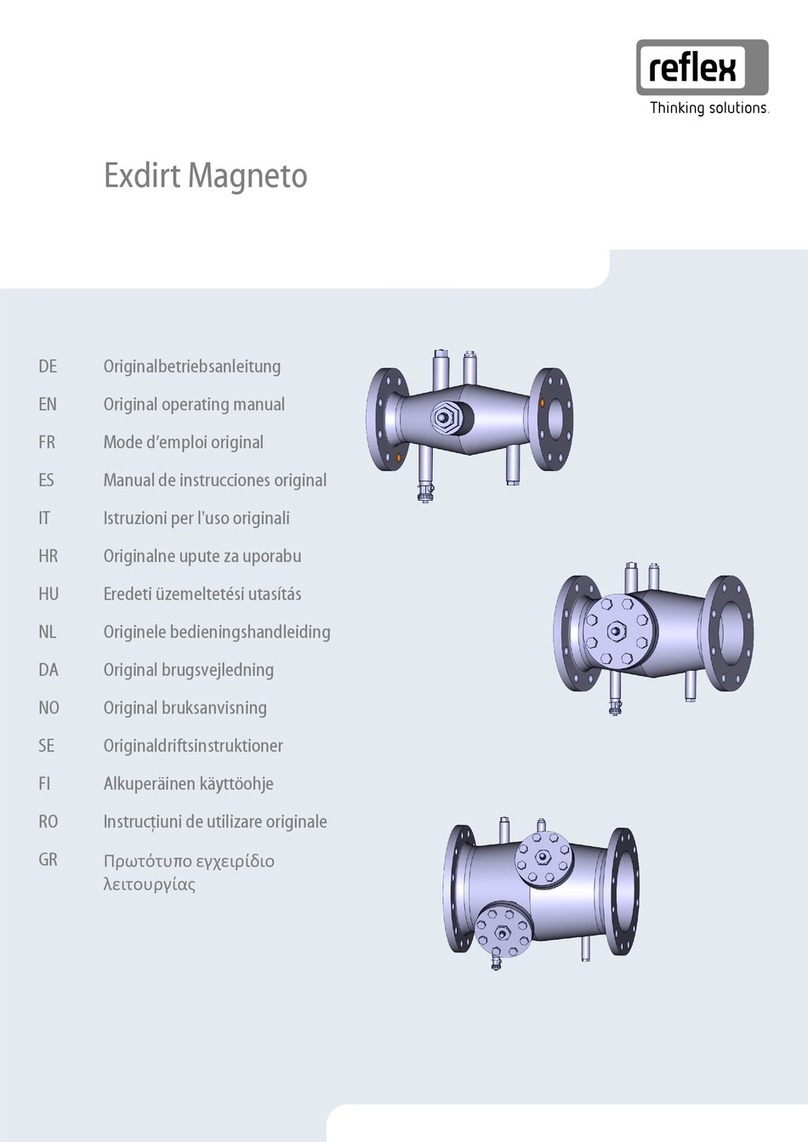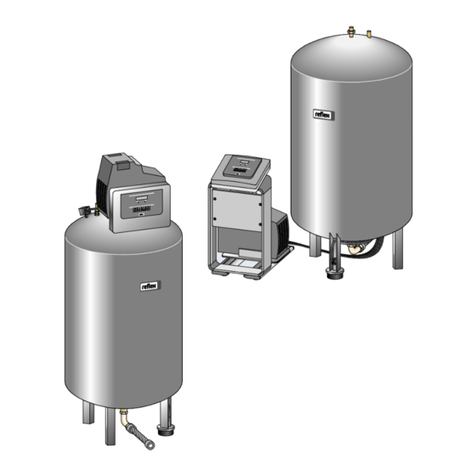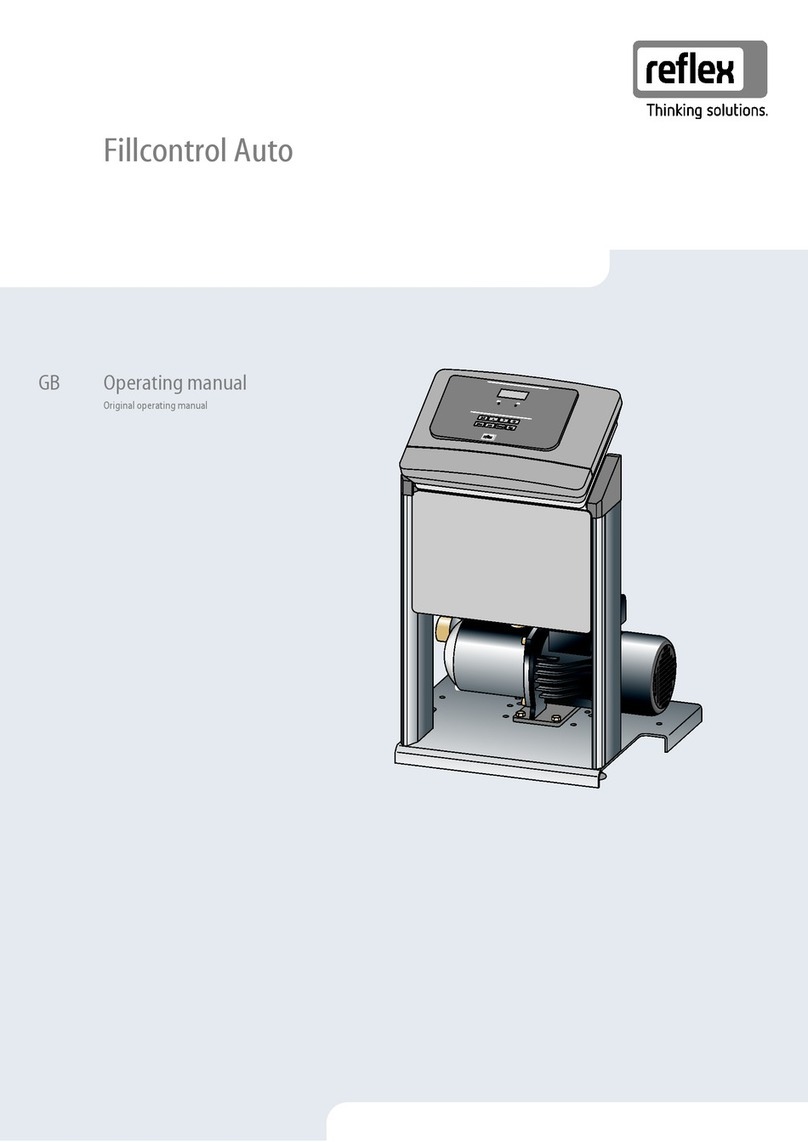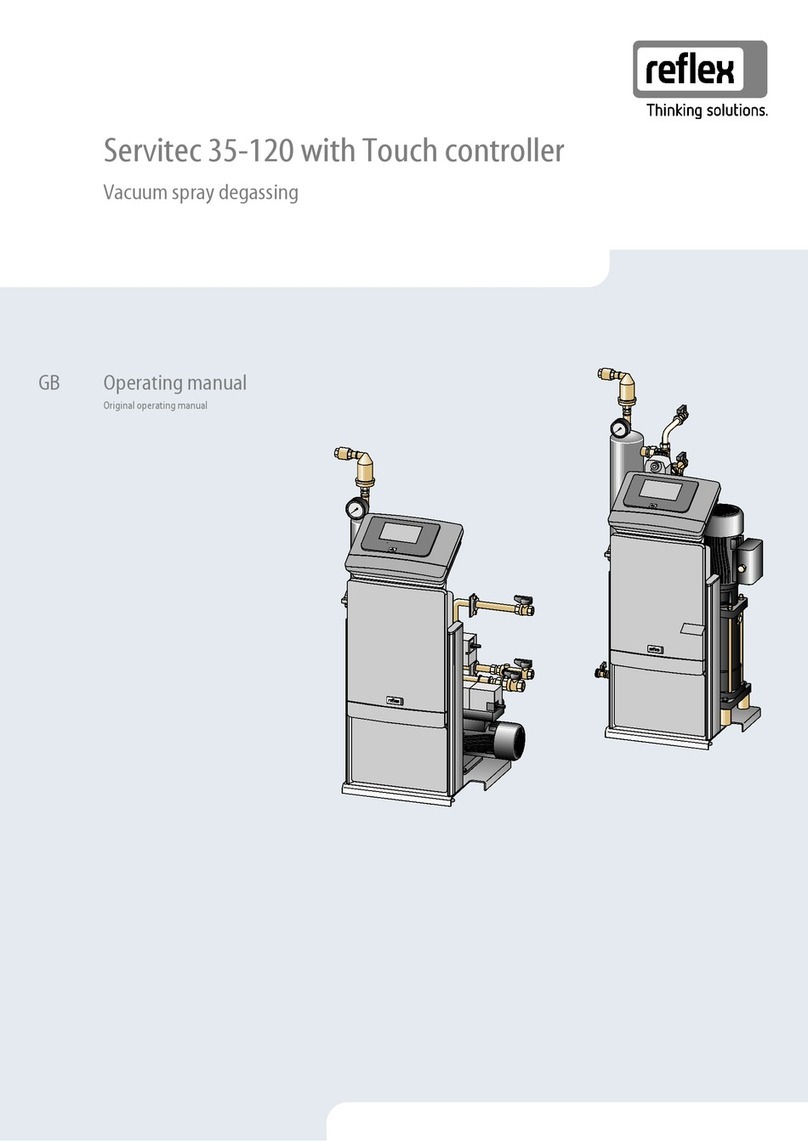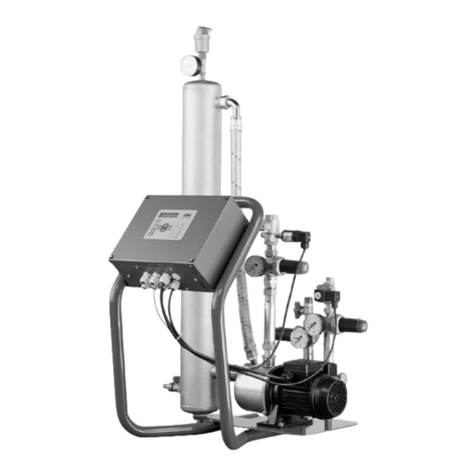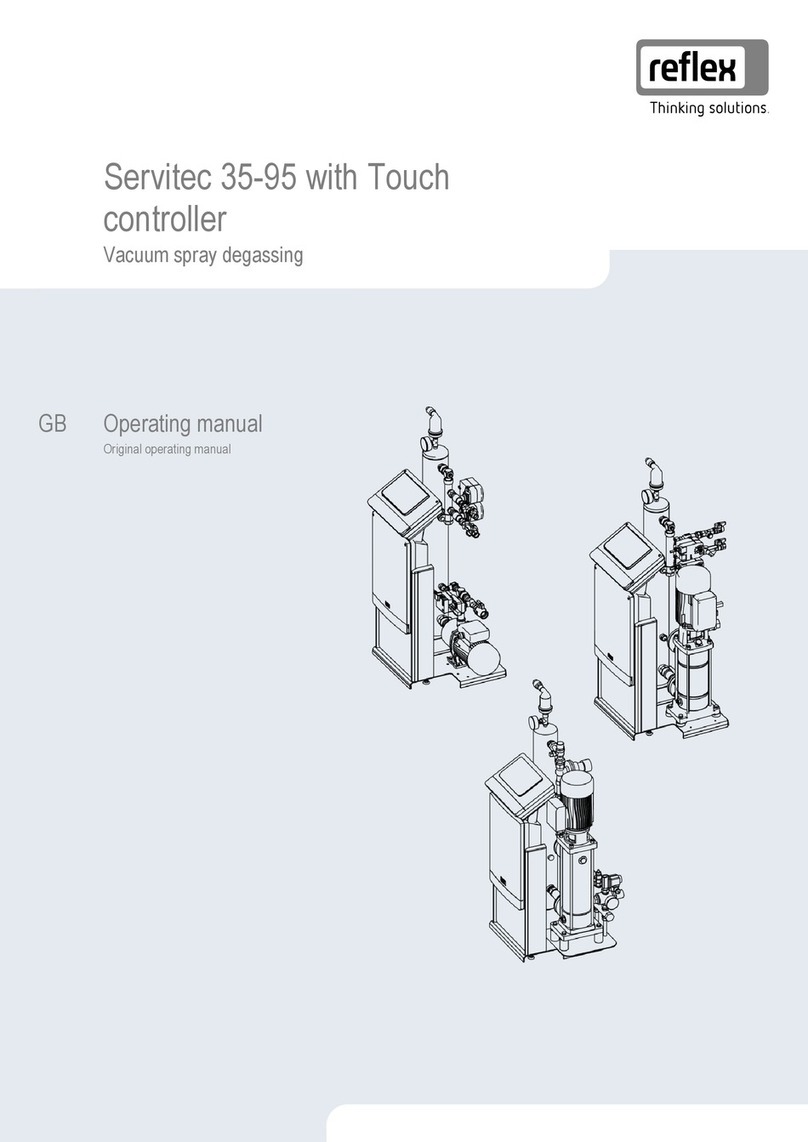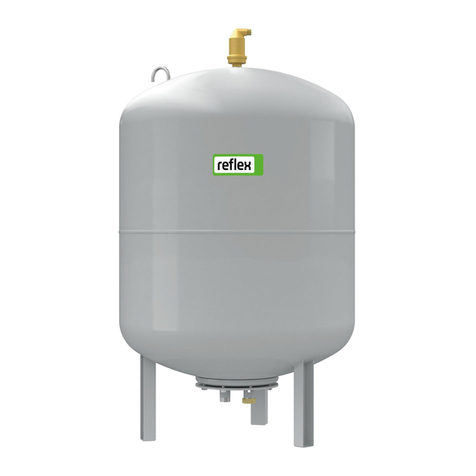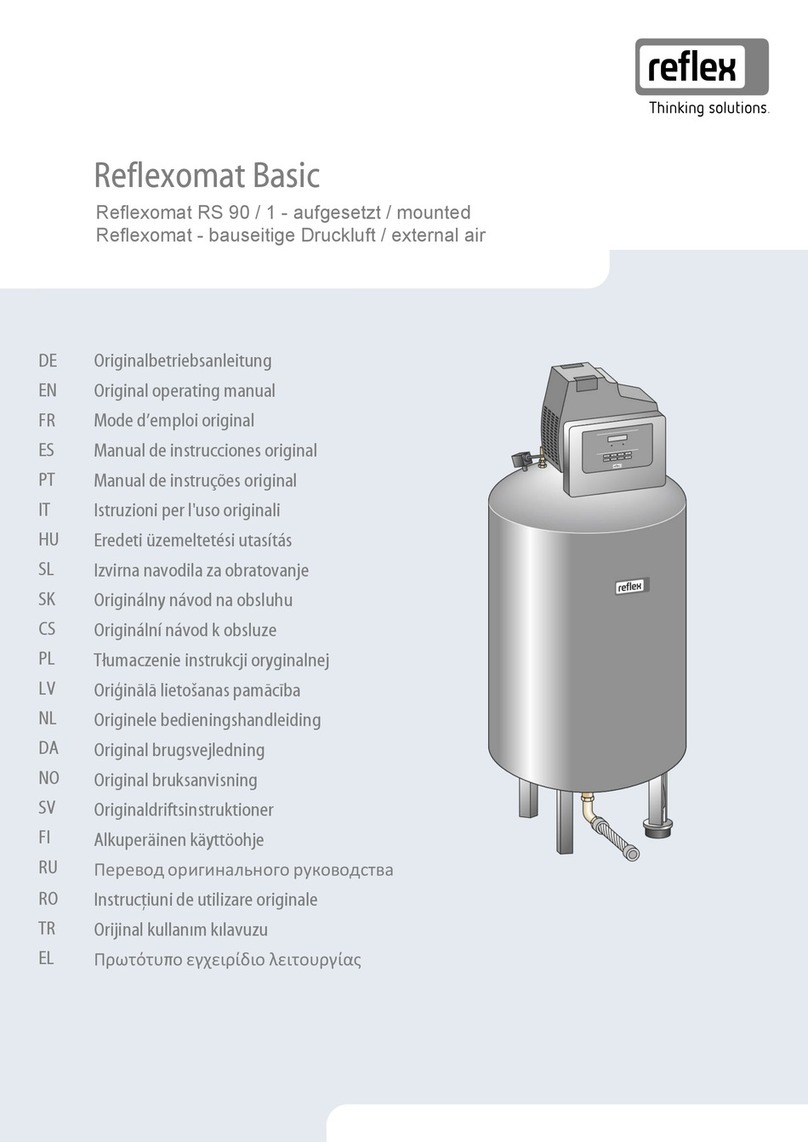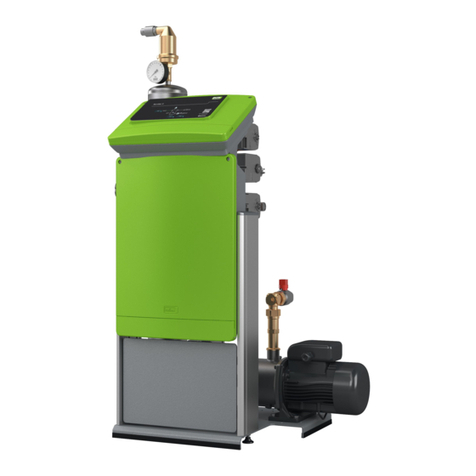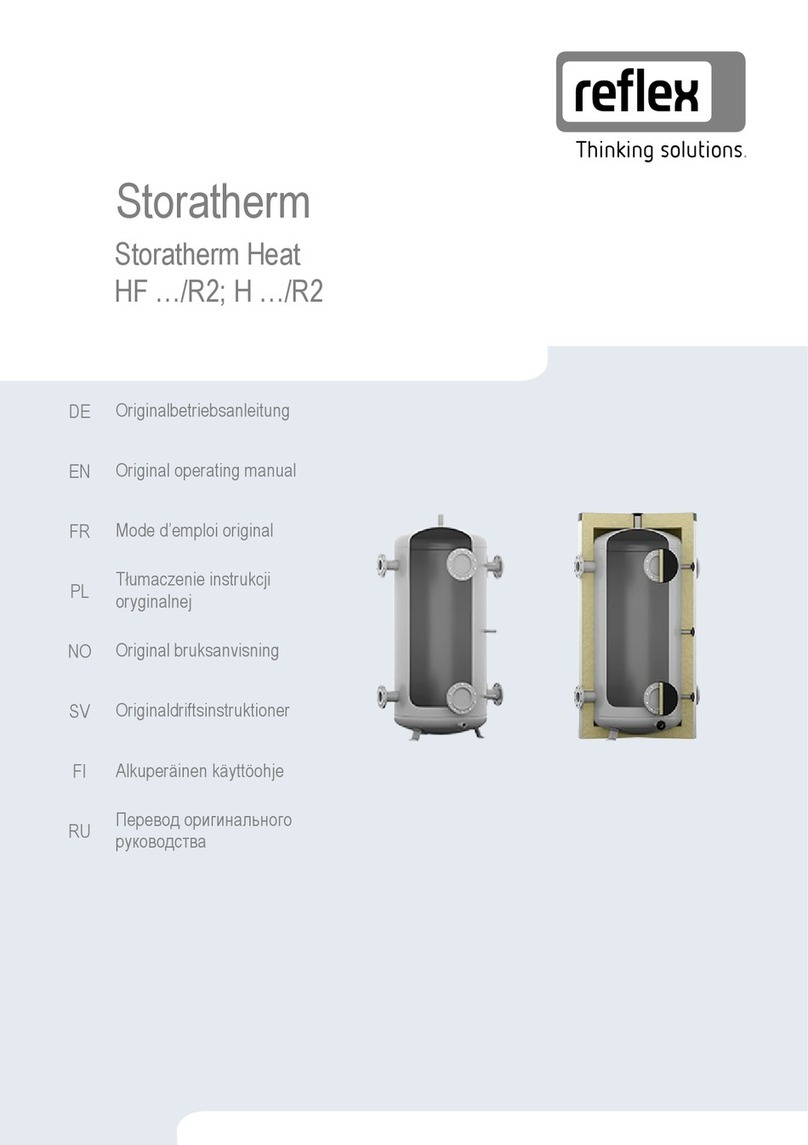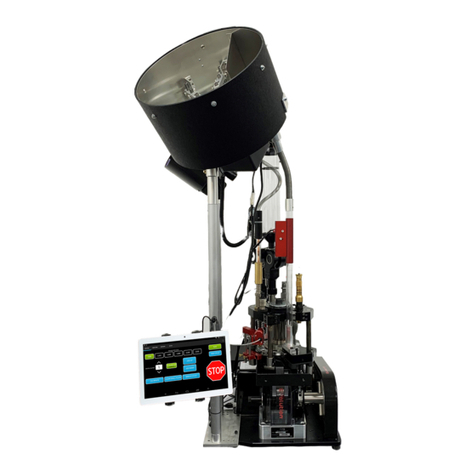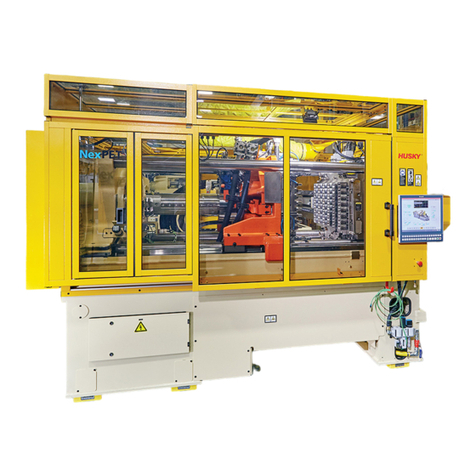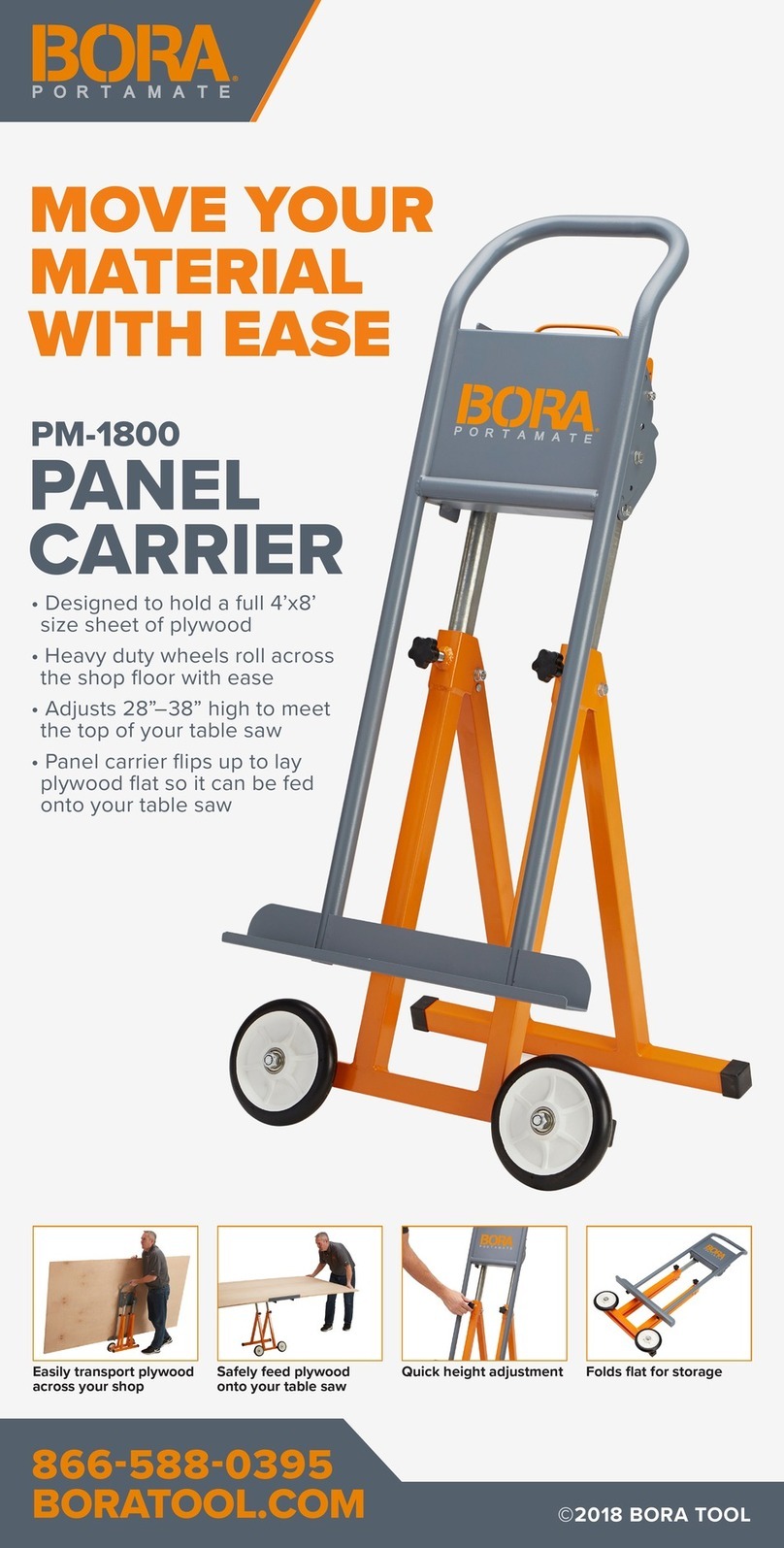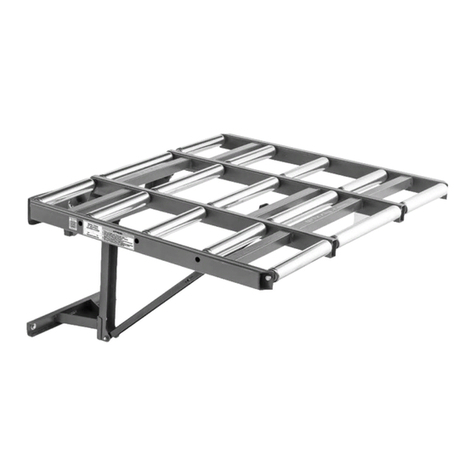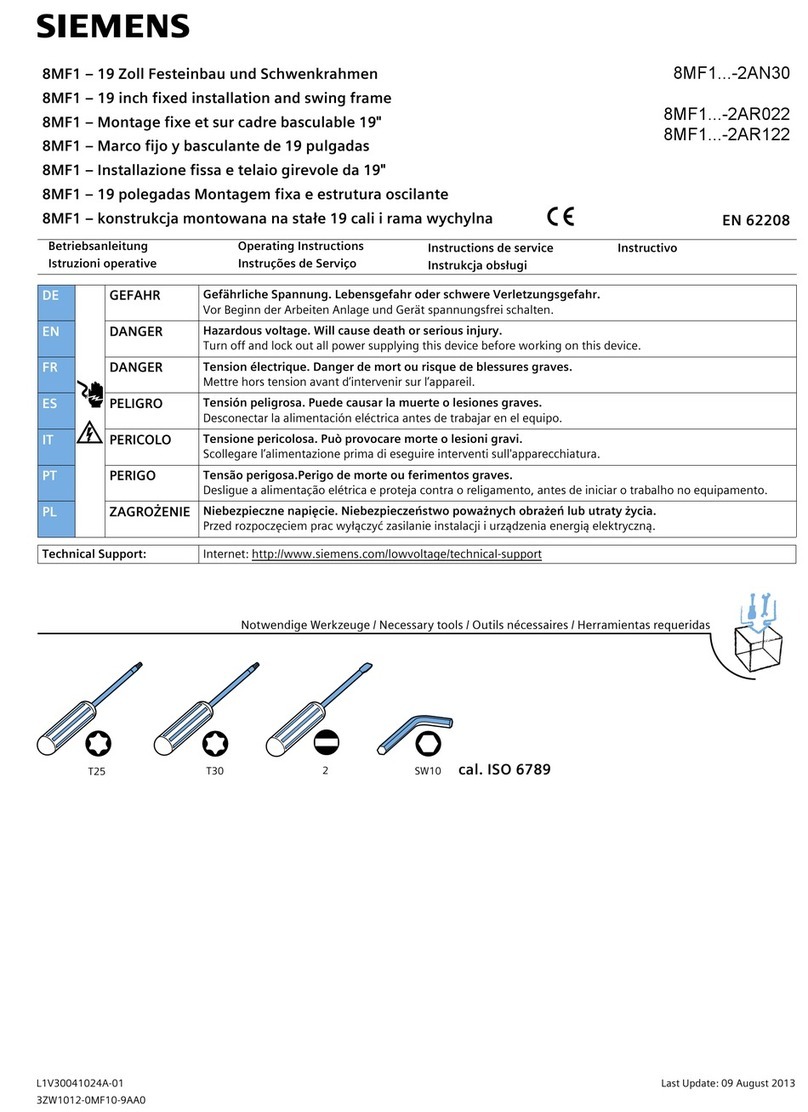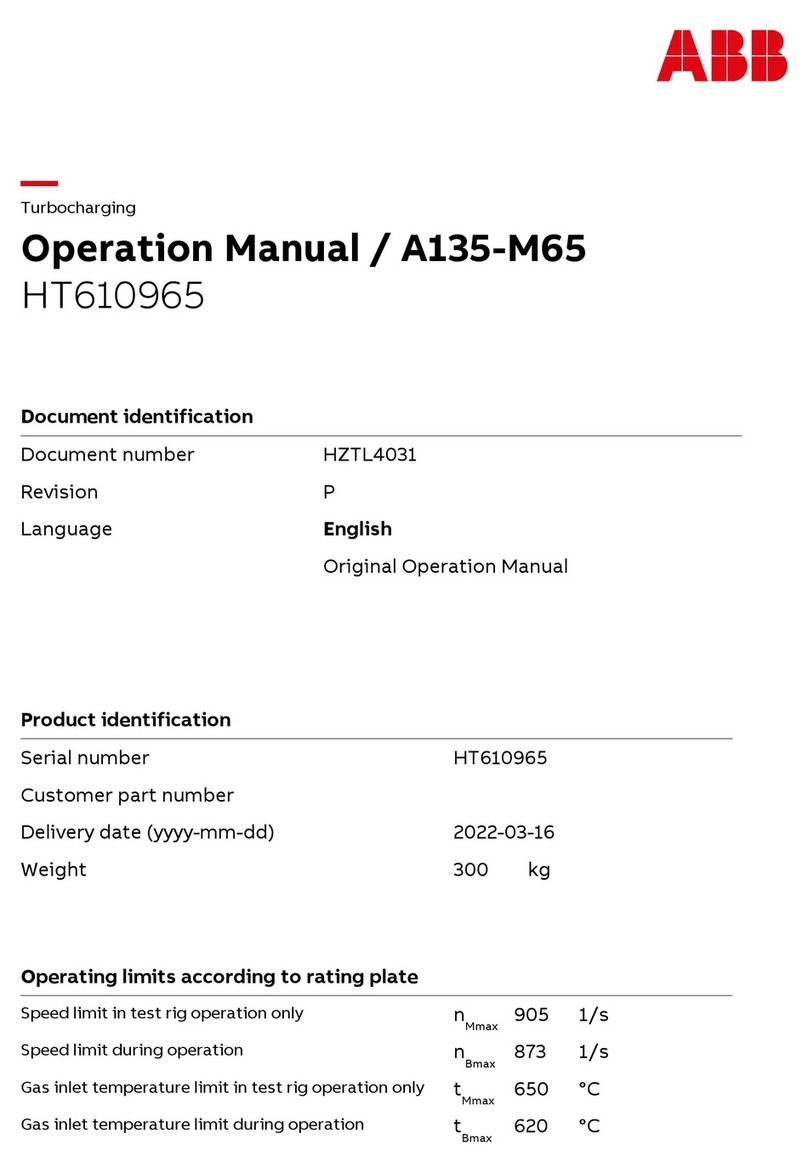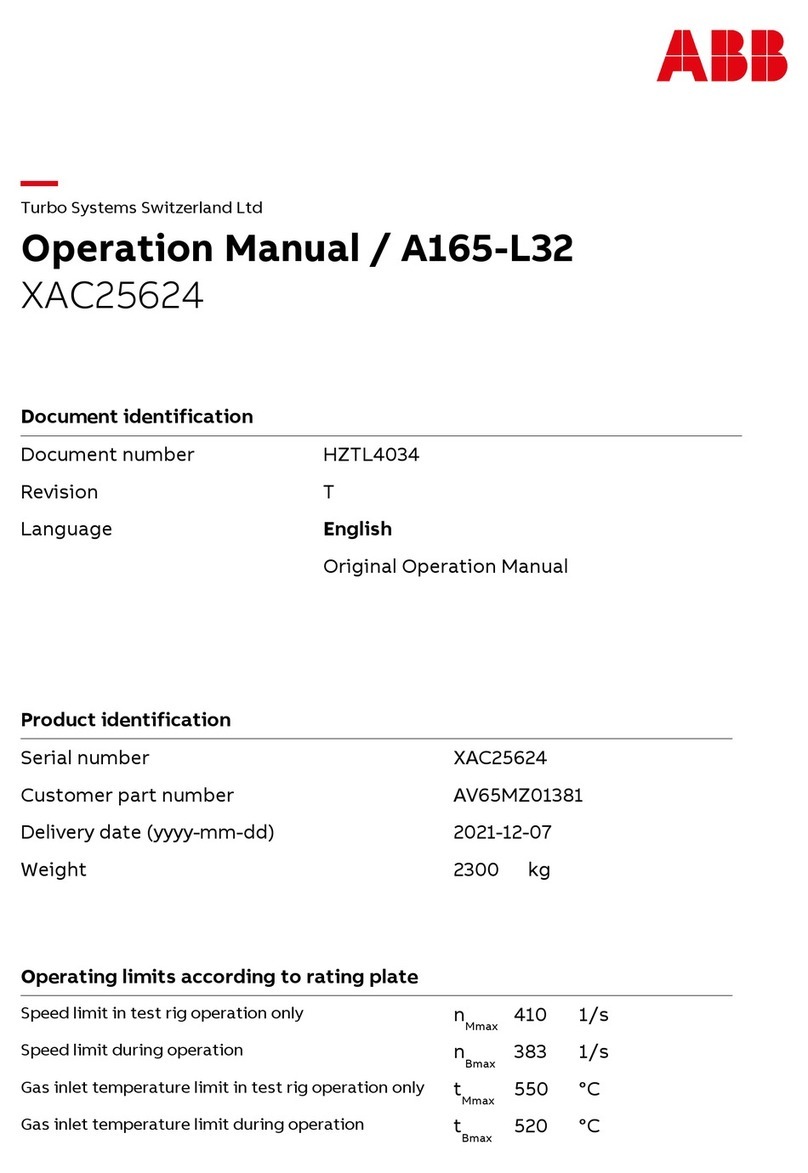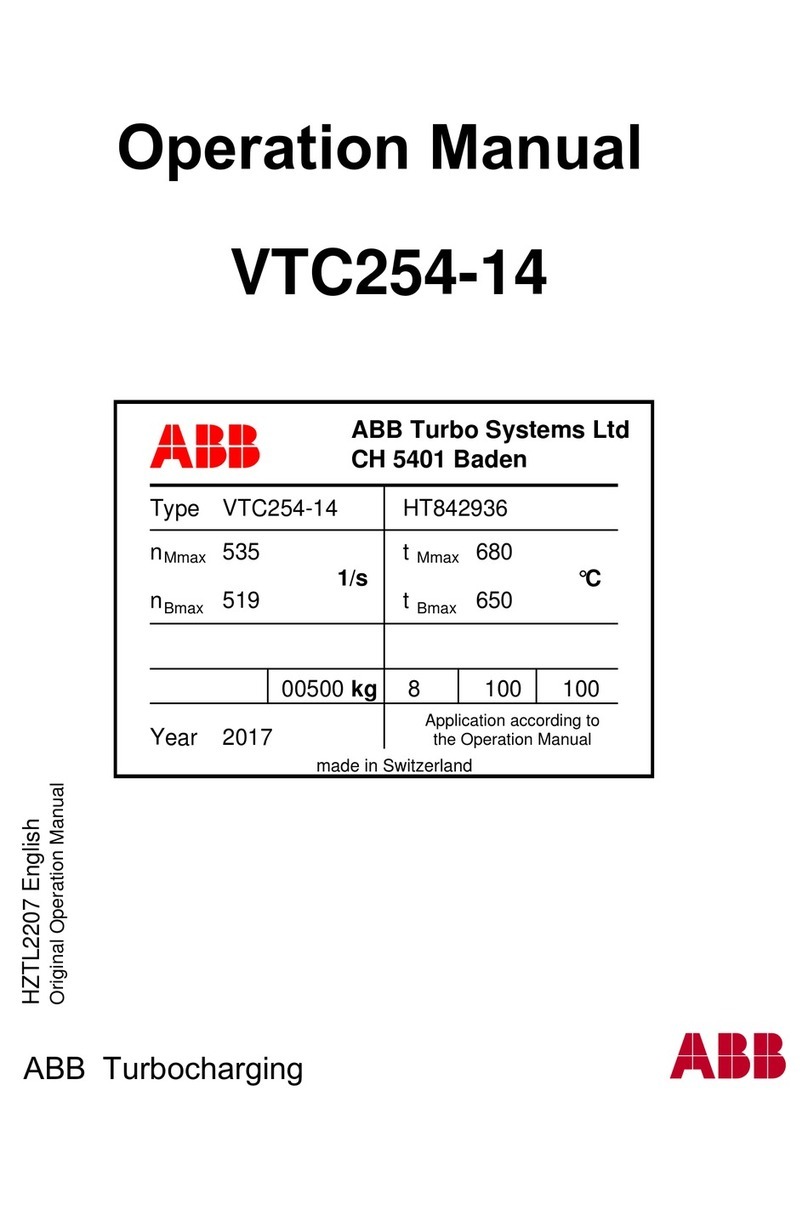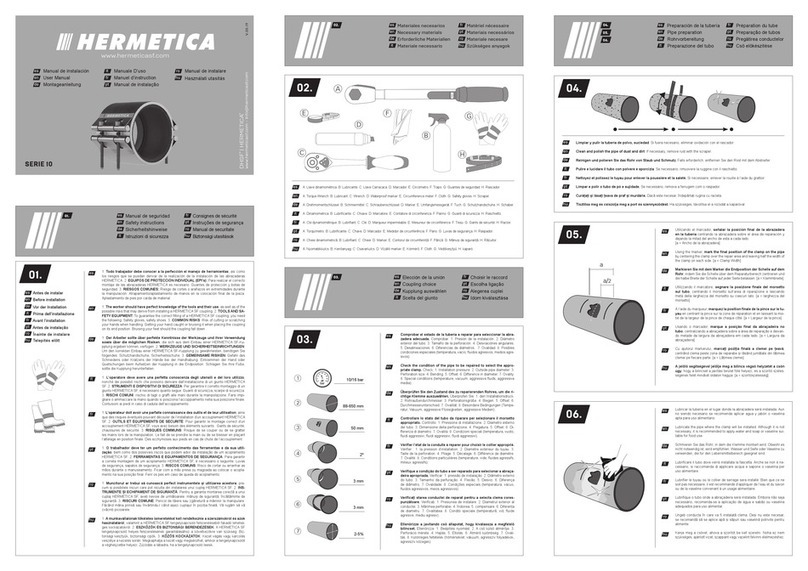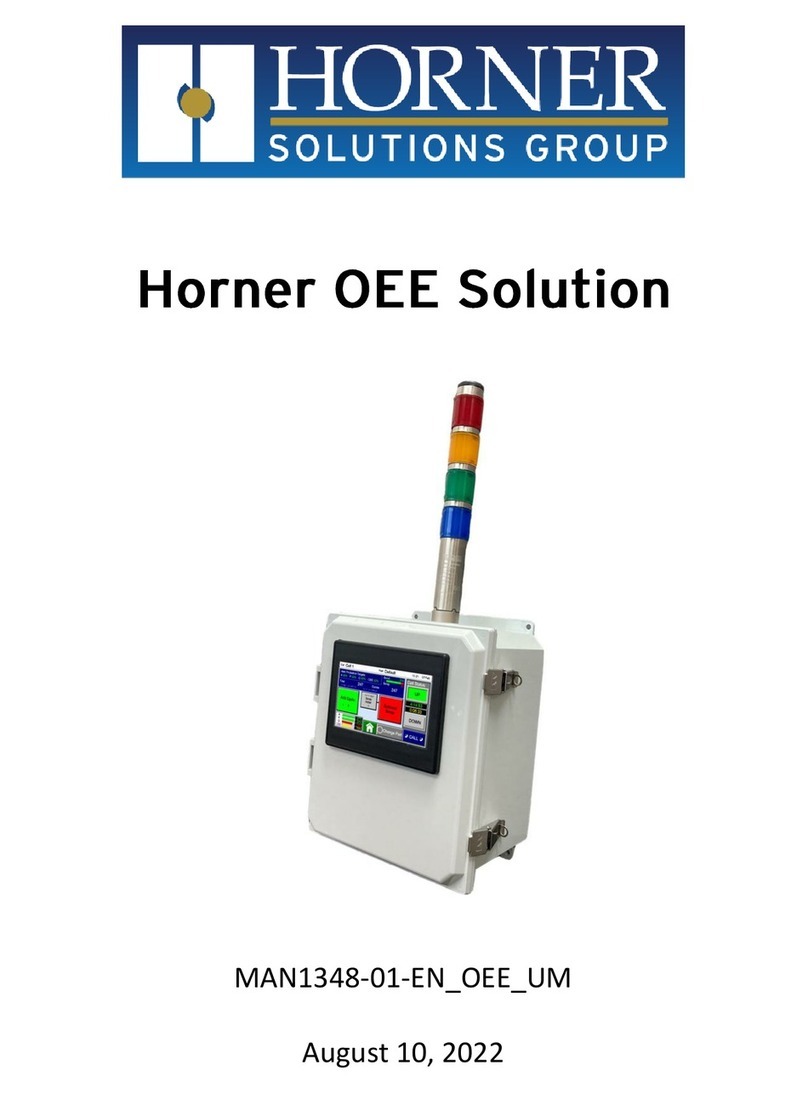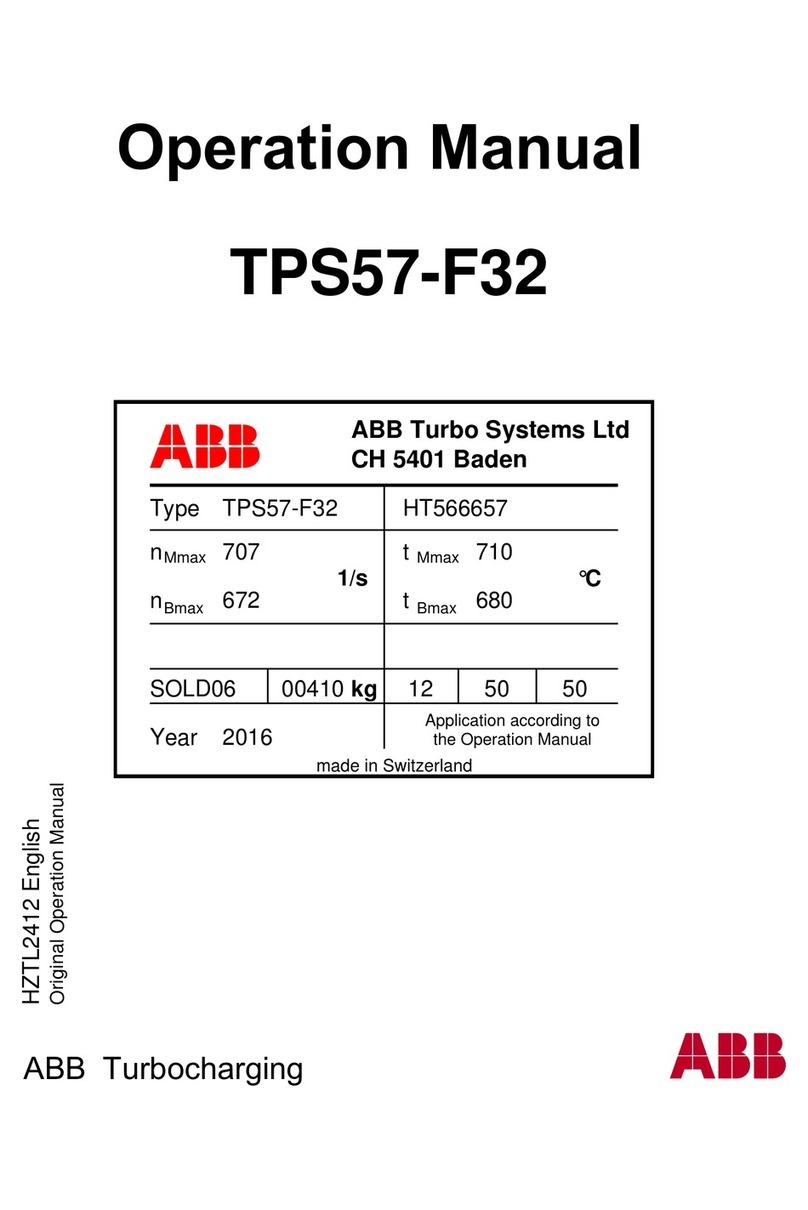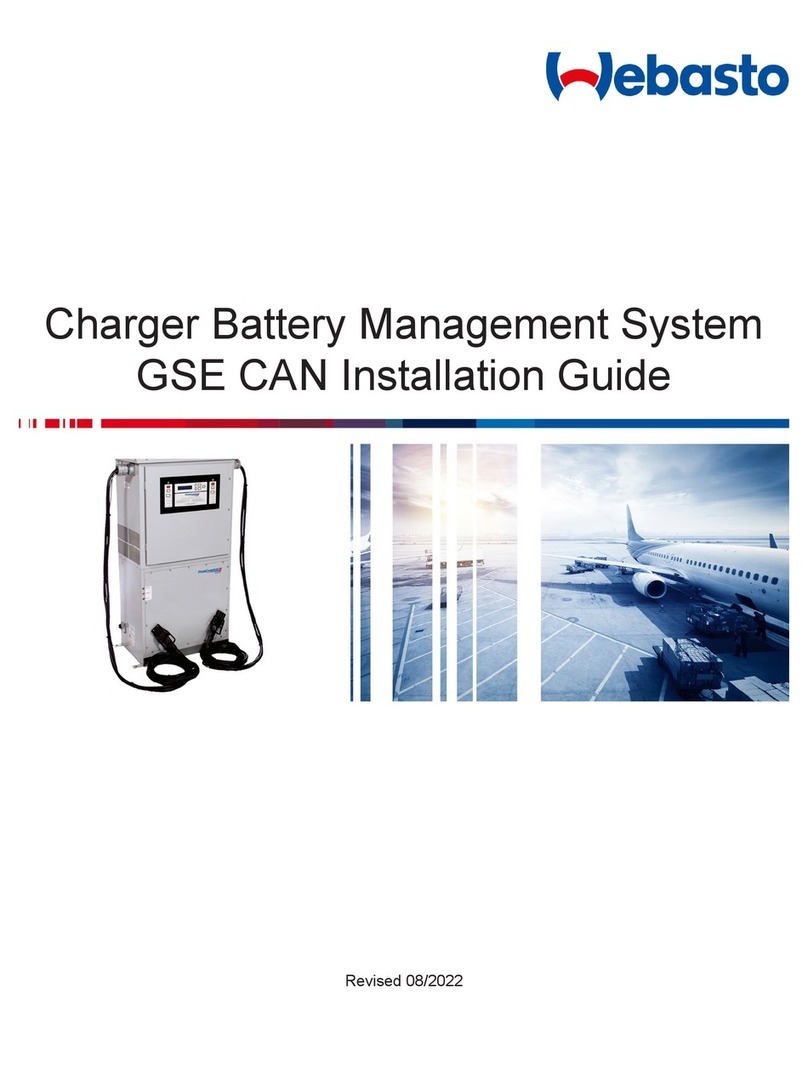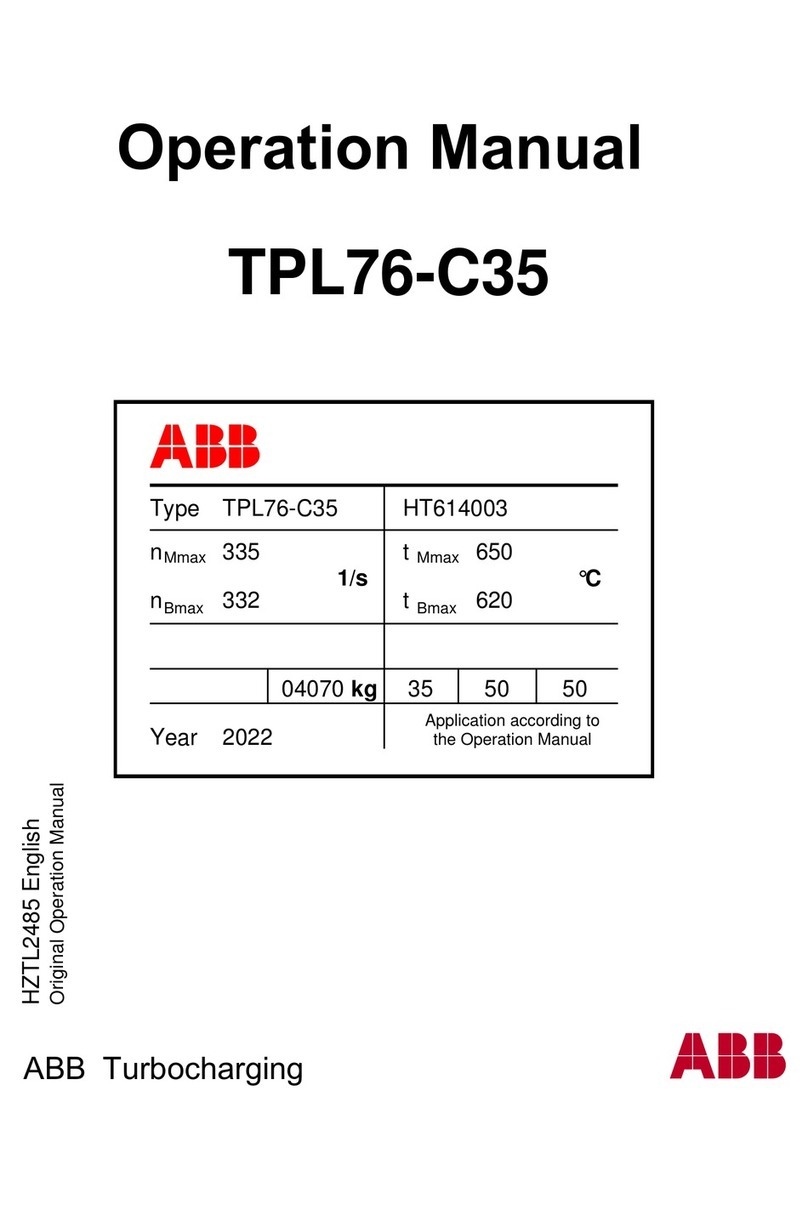
Hinweise zur Betriebsanleitung
4 — Deutsch Fillcontrol Plus Compact — 03.05.2022 - Rev. D
1Hinweise zur Betriebsanleitung
Diese Betriebsanleitung ist eine wesentliche Hilfe zur sicheren und
einwandfreien Funktion des Gerätes.
Für Schäden, die durch Nichtbeachtung dieser Betriebsanleitung entstehen,
übernimmt die Firma Reflex Winkelmann GmbH keine Haftung. Zusätzlich zu
dieser Betriebsanleitung sind die nationalen gesetzlichen Regelungen und
Bestimmungen im Aufstellungsland einzuhalten (Unfallverhütung,
Umweltschutz, sicherheits- und fachgerechtes Arbeiten etc.).
Diese Betriebsanleitung beschreibt das Gerät mit einer Grundausrüstung und
Schnittstellen für eine optionale Zusatzausrüstung mit zusätzlichen Funktionen.
ese Anleitung ist von jeder Person, die diese Geräte montiert oder
andere Arbeiten am Gerät durchführt, vor dem Gebrauch sorgfältig zu
lesen und anzuwenden. Die Anleitung ist dem Betreiber des Gerätes
auszuhändigen und von diesem griffbereit in der Nähe de
s Gerätes
2Haftung und Gewährleistung
Das Gerät ist nach dem Stand der Technik und anerkannten
sicherheitstechnischen Regeln gebaut. Dennoch können bei der Verwendung
Gefahren für Leib und Leben des Personals bzw. Dritter sowie
Beeinträchtigungen an der Anlage oder an Sachwerten entstehen.
Es dürfen keine Veränderungen, wie zum Beispiel an der Hydraulik oder Eingriffe
in die Verschaltung an dem Gerät vorgenommen werden.
Die Haftung und Gewährleistung des Herstellers ist ausgeschlossen, wenn sie auf
eine oder mehrere Ursachen zurückzuführen sind:
• Nicht bestimmungsgemäße Verwendung des Gerätes.
• Unsachgemäße Inbetriebnahme, Bedienung, Wartung, Instandhaltung,
Reparatur und Montage des Gerätes.
• Nicht Beachten der Sicherheitshinweise in dieser Betriebsanleitung.
• Betreiben des Gerätes bei defekten oder nicht ordnungsgemäß
angebrachten Sicherheitseinrichtungen / Schutzvorrichtungen.
• Nicht fristgerechte Durchführung der Wartungs- und Inspektionsarbeiten.
• Verwendung von nicht freigegebenen Ersatz- und Zubehörteilen.
Voraussetzung für Gewährleistungsansprüche ist die fachgerechte Montage und
Inbetriebnahme des Gerätes.
ie erstmalige Inbetriebnahme sowie die jährliche Wartung
-Werkskundendienst durchführen, 11.1 "Reflex-
3Sicherheit
3.1 Symbolerklärung
3.1.1 Hinweise in der Anleitung
Die folgenden Hinweise werden in der Betriebsanleitung verwendet.
Lebensgefahr / Schwere gesundheitliche Schäden
• Der Hinweis in Verbindung mit dem Signalwort „Gefahr“ kennzeichnet
eine unmittelbar drohende Gefahr, die zum Tod oder zu schweren
(irreversiblen) Verletzungen führt.
Schwere gesundheitliche Schäden
• Der Hinweis in Verbindung mit dem Signalwort „Warnung“
kennzeichnet eine drohende Gefahr, die zum Tod oder zu schweren
(irreversiblen) Verletzungen führen kann.
• Der Hinweis in Verbindung mit dem Signalwort „Vorsicht“
kennzeichnet eine Gefahr, die zu leichten (reversiblen) Verletzungen
• Der Hinweis in Verbindung mit dem Signalwort „Achtung“
kennzeichnet eine Situation, die zu Schäden am Produkt selbst oder an
Gegenständen in seiner Umgebung führen kann.
Hinweis!
Dieses Symbol in Verbindung mit dem Signalwort „Hinweis“
kennzeichnet
nützliche Tipps und Empfehlungen für den effizienten
3.2 Anforderungen an das Personal
Montage, Inbetriebnahme und Wartung sowie Anschluss der elektrischen
Komponenten nur durch sachkundiges und entsprechend qualifiziertes
Fachpersonal.
3.3 Persönliche Schutzausrüstung
Tragen Sie bei allen Arbeiten an der Anlage die vorgeschriebene persönliche
Schutzausrüstung, z. B. Gehörschutz, Augenschutz, Sicherheitsschuhe,
Schutzhelm, Schutzkleidung, Schutzhandschuhe.
Angaben über die persönliche Schutzausrüstung befinden sich in den nationalen
Vorschriften des jeweiligen Betreiberlandes.
3.4 Bestimmungsgemäße Verwendung
Das Gerät ist eine Nachspeisestation für Heiz- und Kühlwassersysteme mit
Membran-Druckausdehnungsgefäßen. Es dient zum Halten von Wasserdruck
und zum Nachspeisen von Wasser in einem Anlagensystem. Der Betrieb darf nur
in Anlagensystemen mit einer statischen Druckhaltung und in
korrosionstechnisch geschlossenen Systemen mit folgenden Wassern erfolgen:
• Nicht korrosiv
• Chemisch nicht aggressiv
• Nicht giftig
Der Zutritt von Luftsauerstoff durch Permeation in das gesamte Heiz- und
Kühlwassersystem, Nachspeisewasser usw. ist im Betrieb zuverlässig zu
minimieren.
3.5 Unzulässige Betriebsbedingungen
Das Gerät ist für die folgenden Bedingungen nicht geeignet:
• In mobilen Anlagenbetrieb.
• Für den Außeneinsatz.
• Für den Einsatz mit Mineralölen.
• Für den Einsatz mit entflammbaren Medien.
• Für den Einsatz mit destilliertem Wasser.
Hinweis!
Veränderungen an der Hydraulik oder Eingriffe in die Verschaltung sind
unzulässig.
3.6 Restrisiken
Dieses Gerät ist nach dem aktuellen Stand der Technik hergestellt. Trotzdem
lassen sich Restrisiken nie ausschließen.
Verbrennungsgefahr an heißen Oberflächen
In Heizungsanlagen kann es durch hohe Oberflächentemperaturen zu
Verbrennungen der Haut kommen.
• Tragen Sie Schutzhandschuhe.
• Bringen Sie entsprechende Warnhinweise in der Nähe des Gerätes an.
